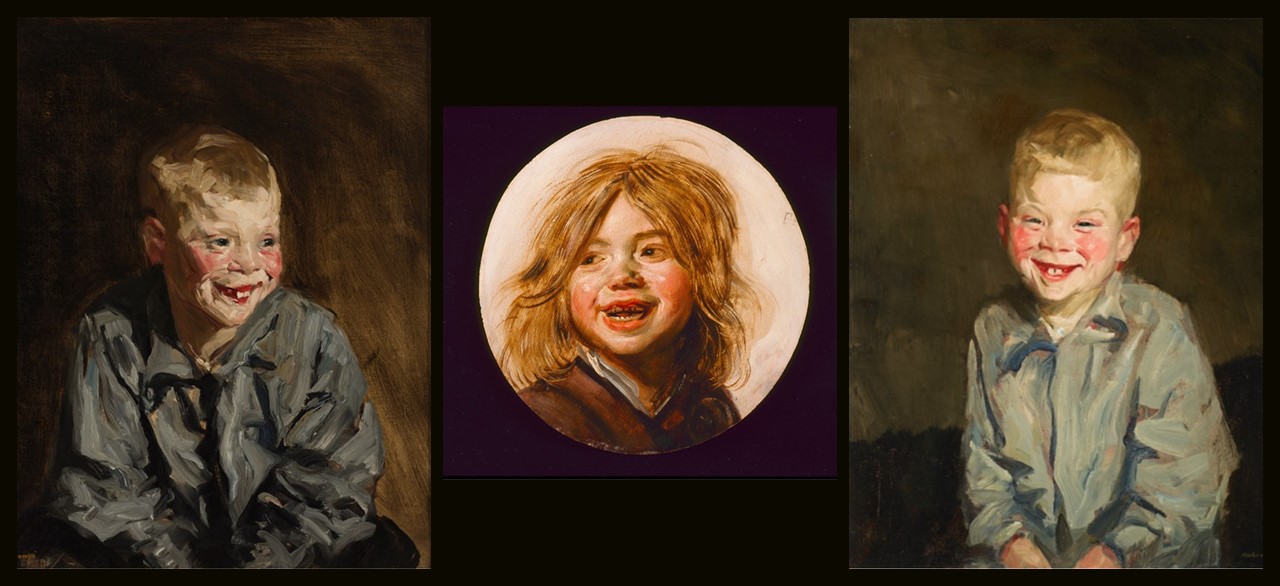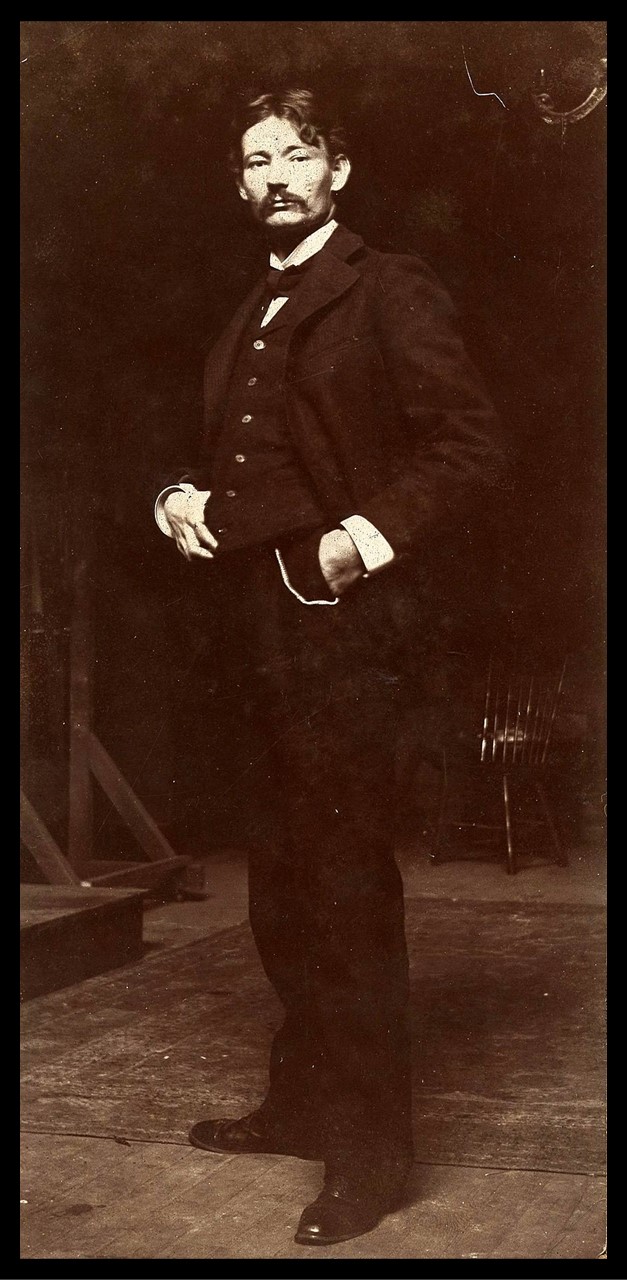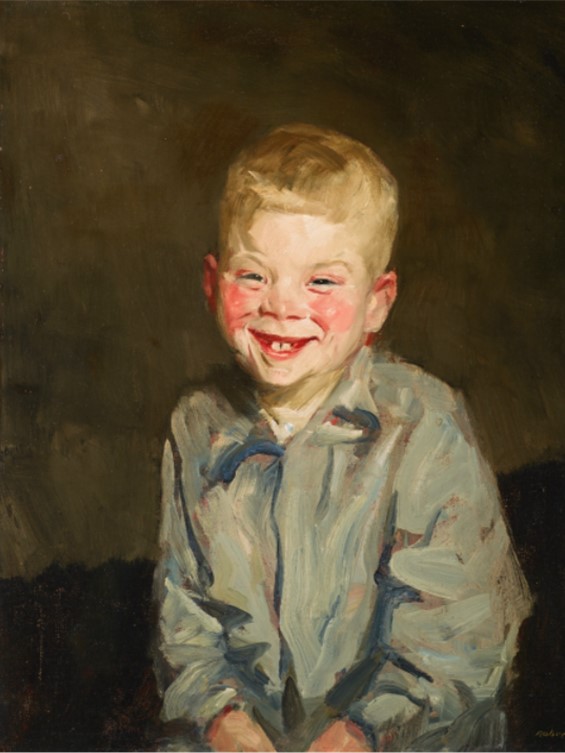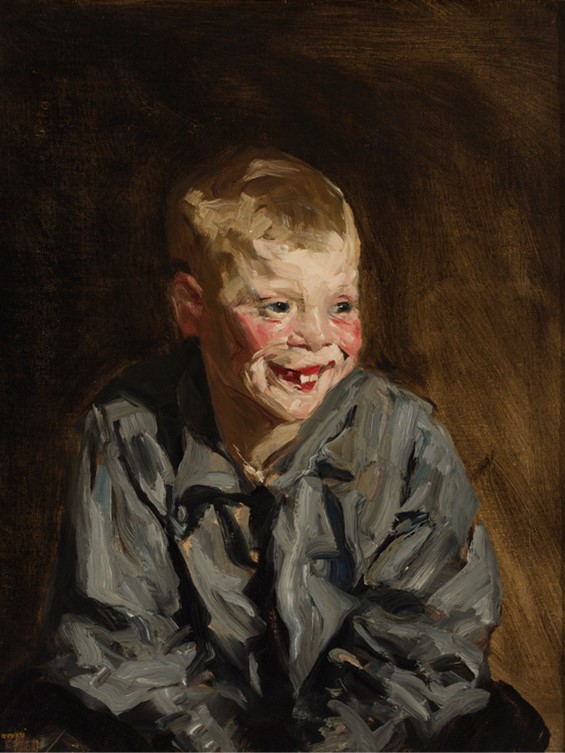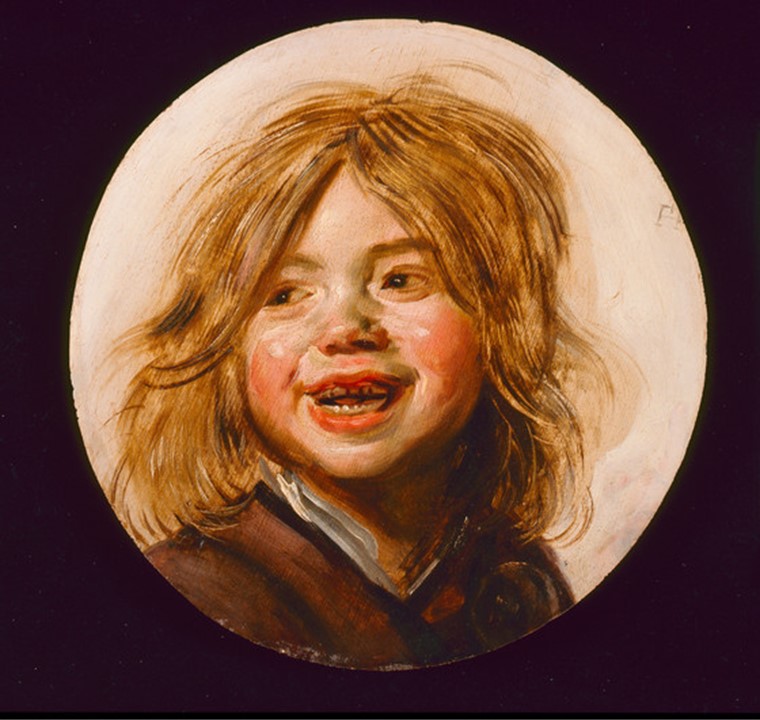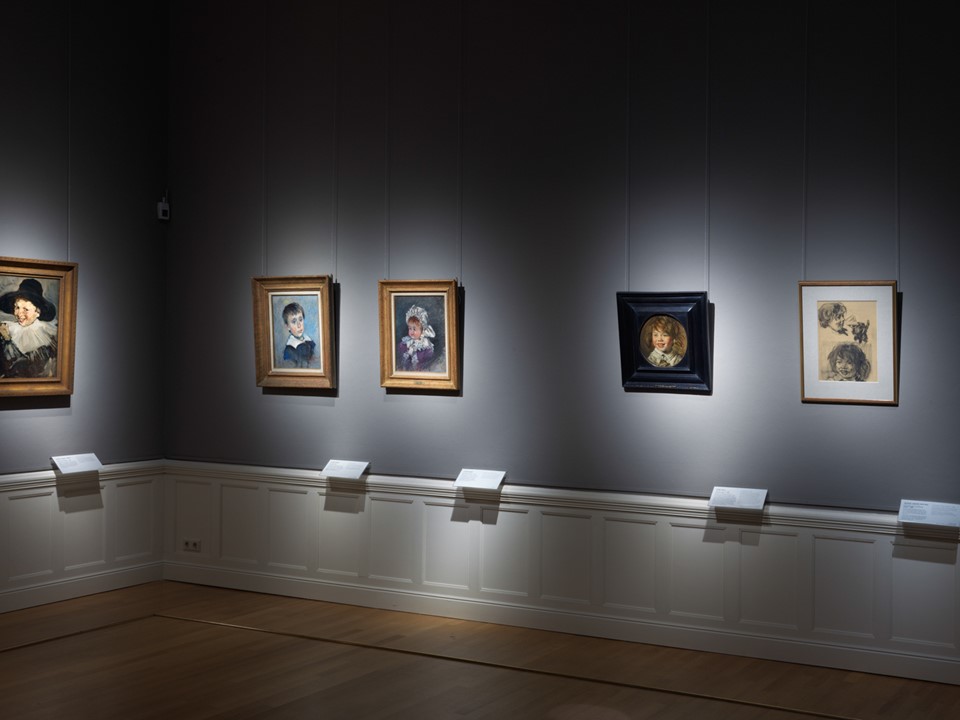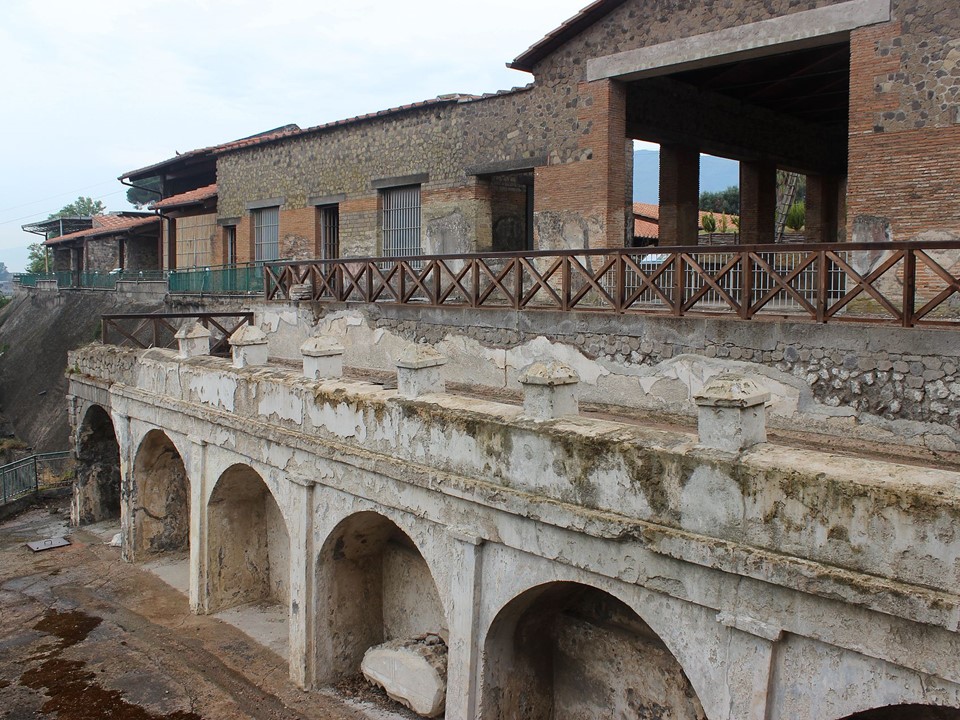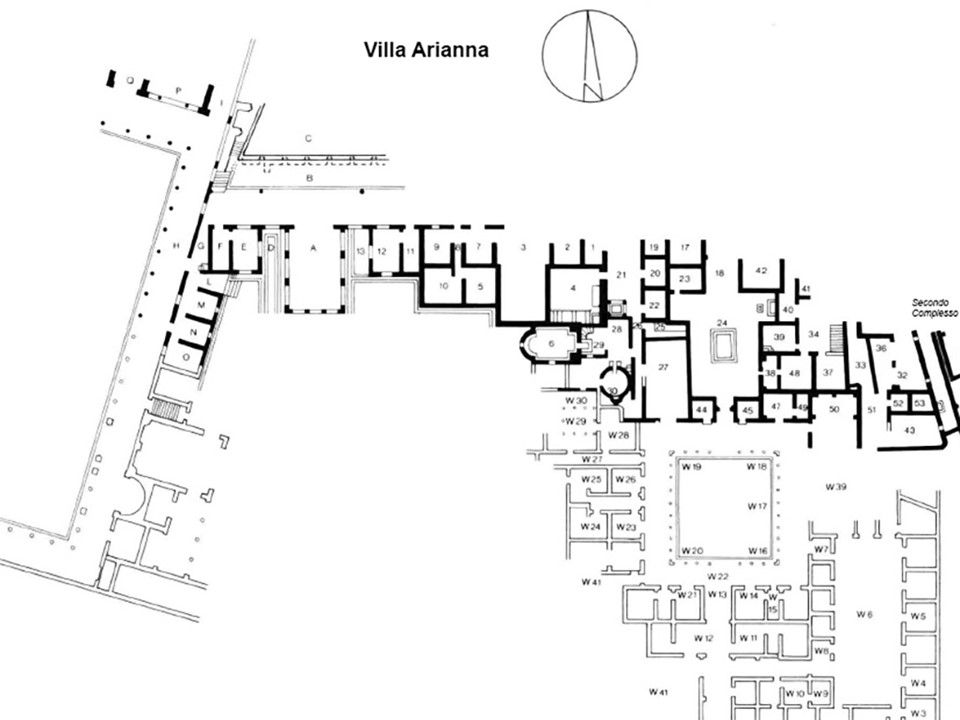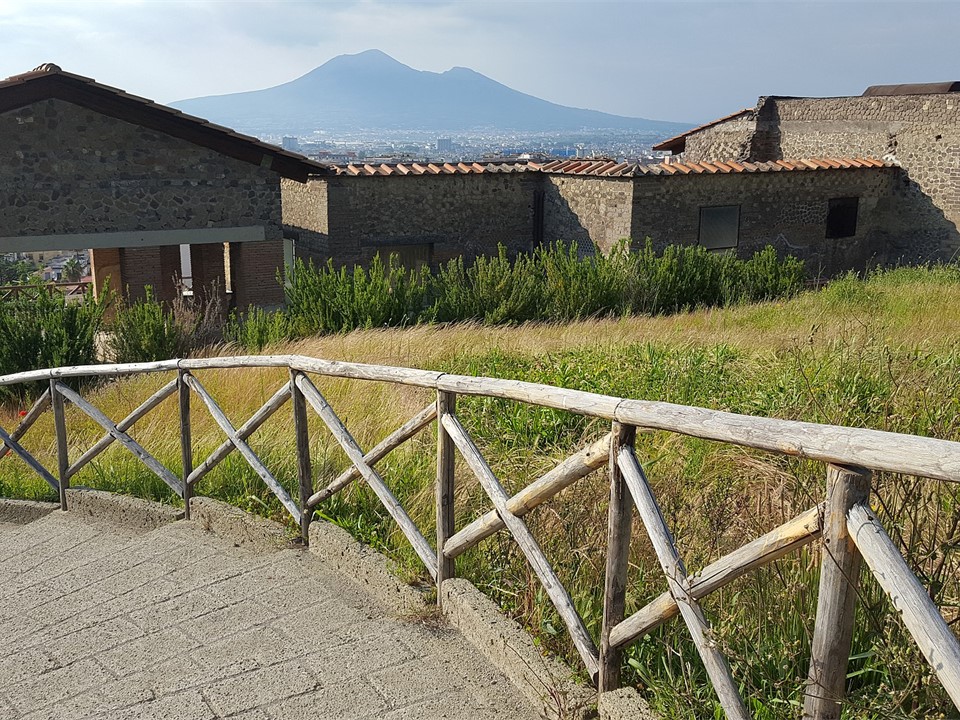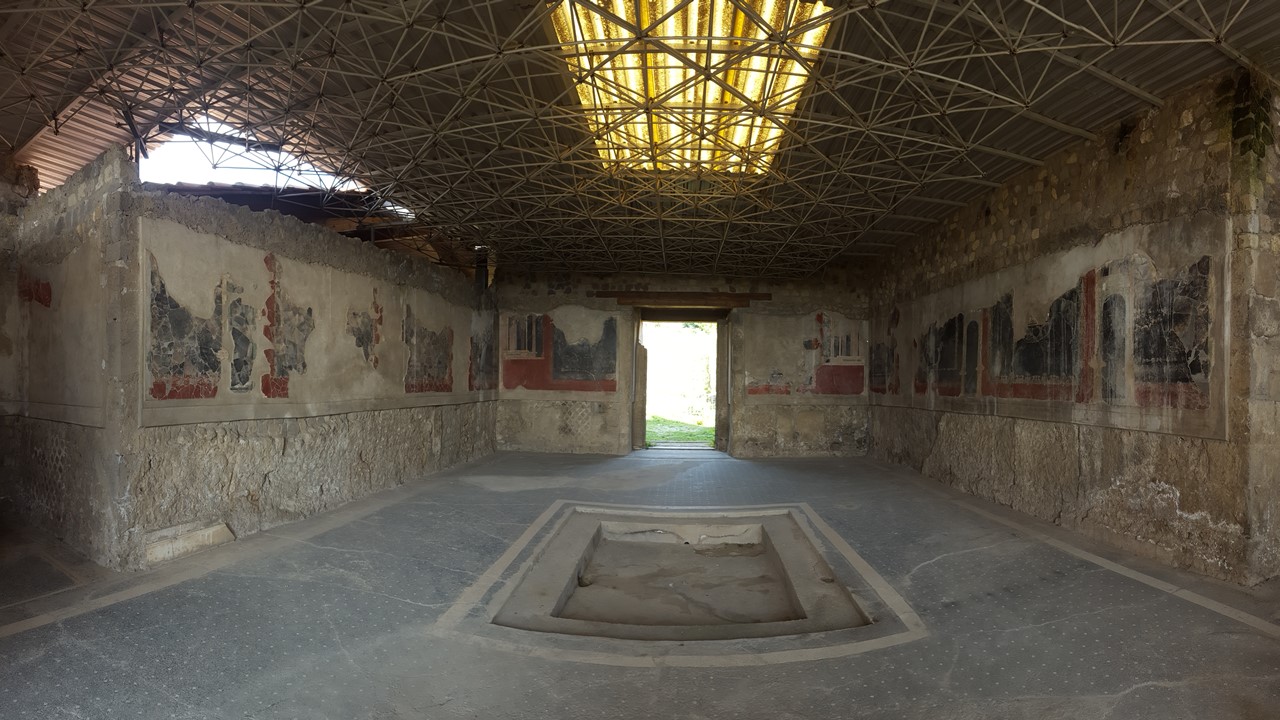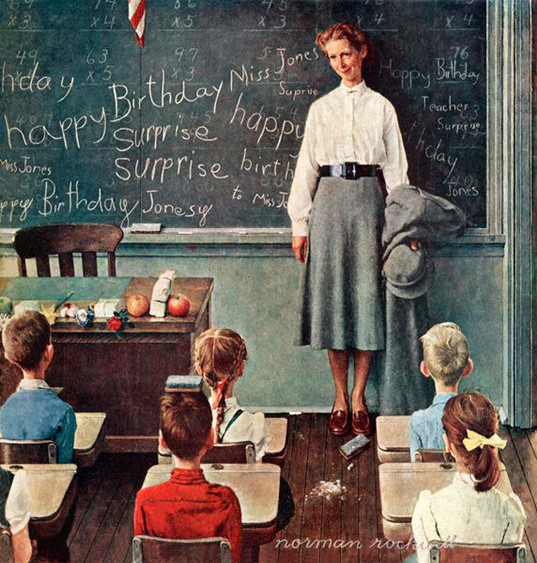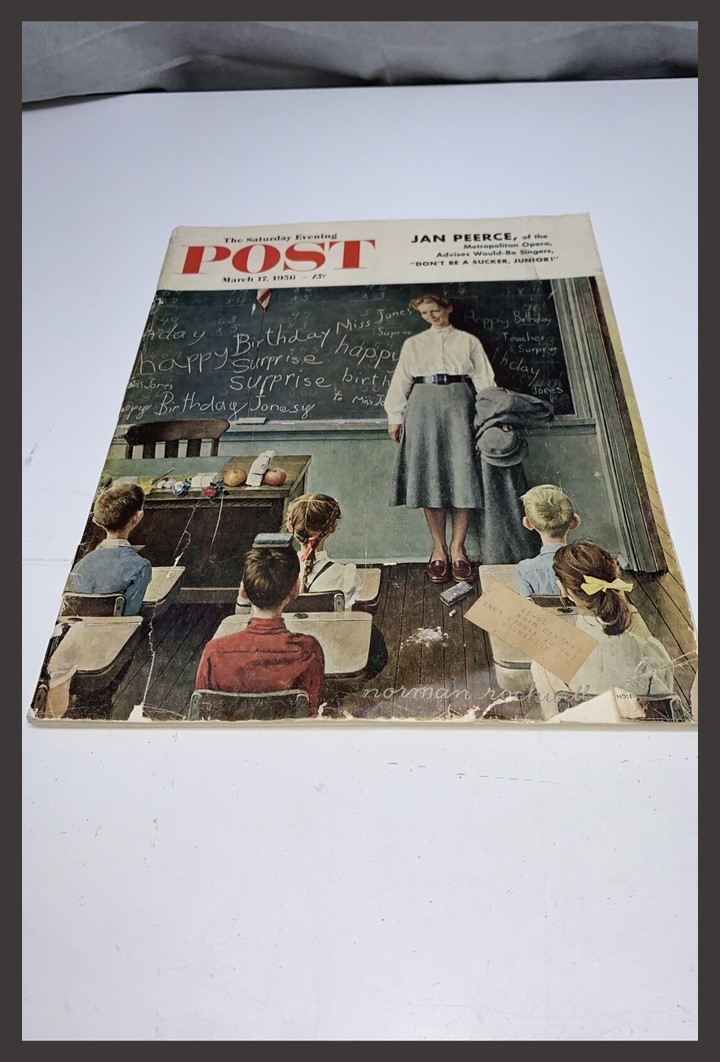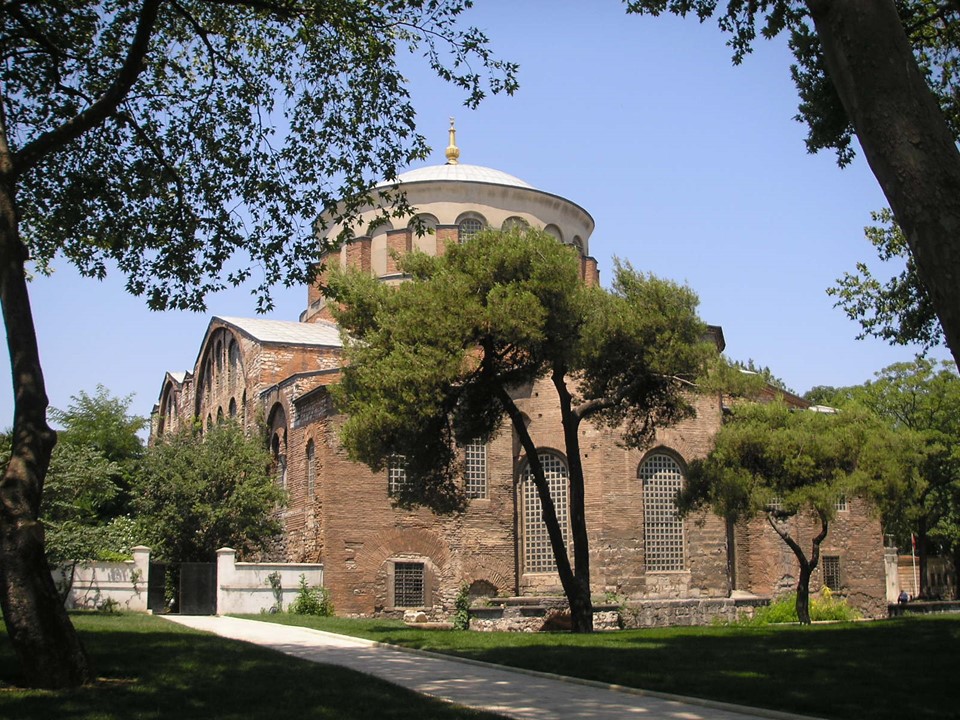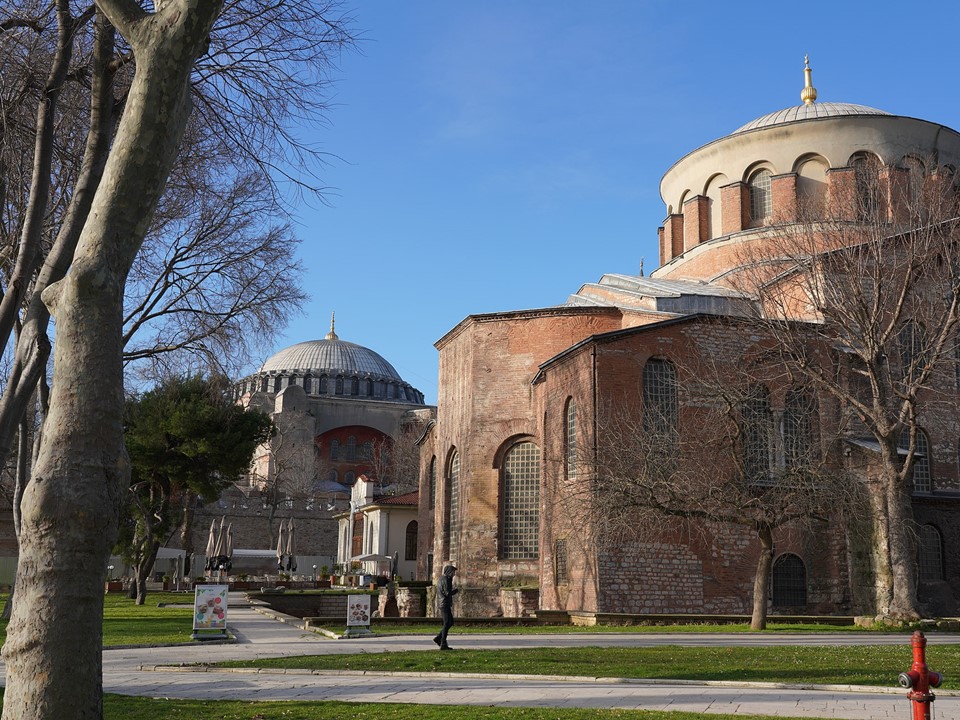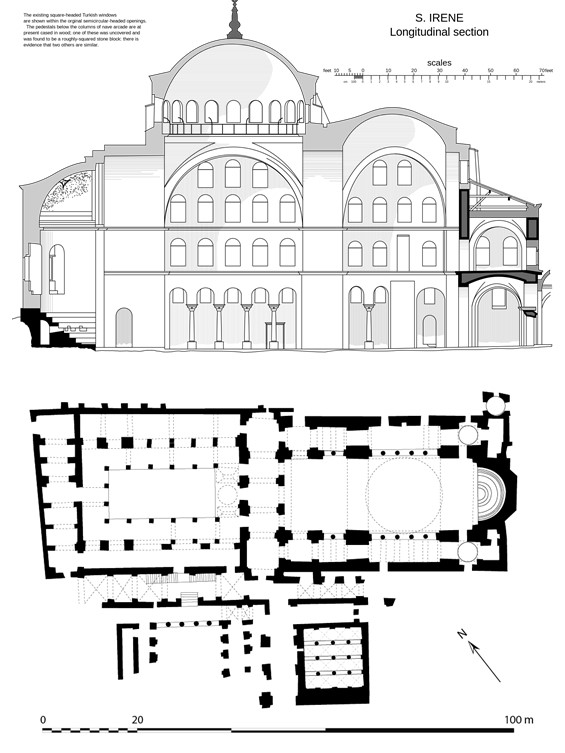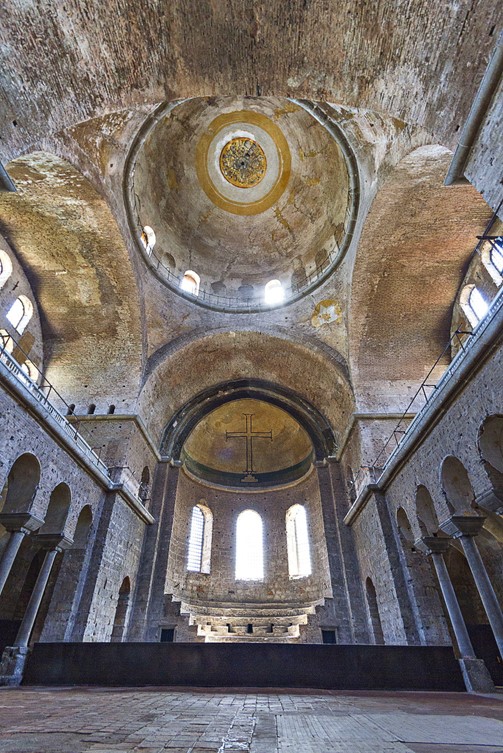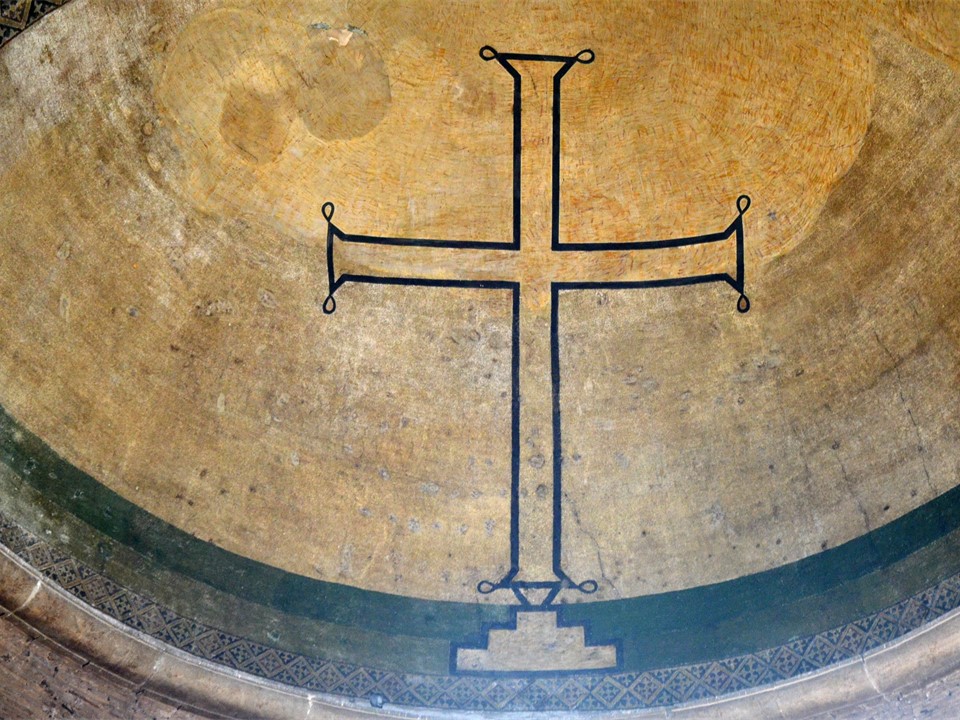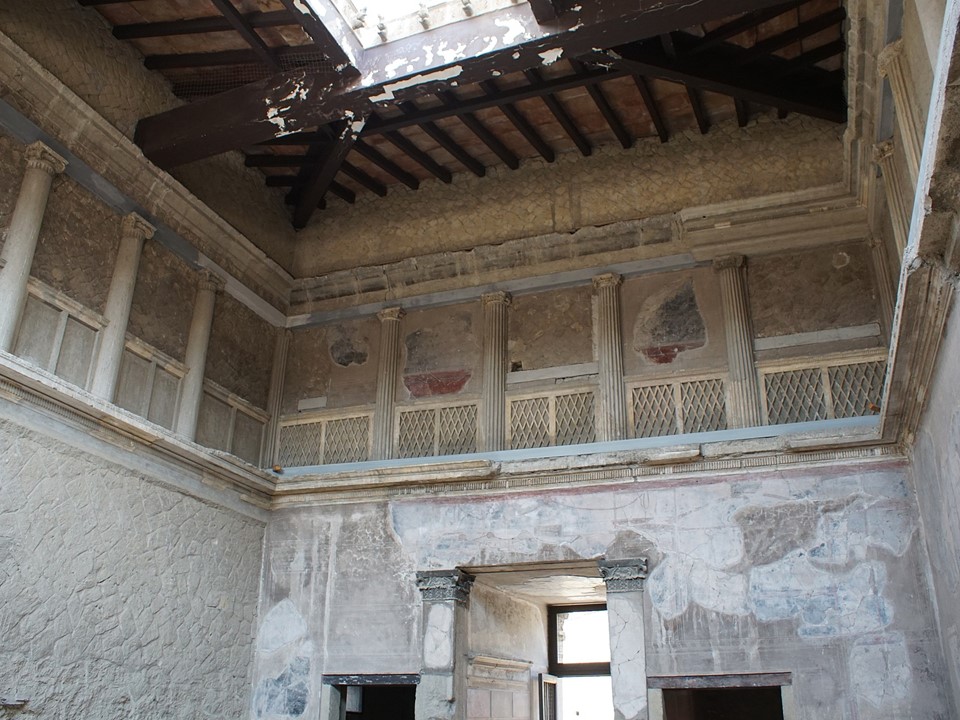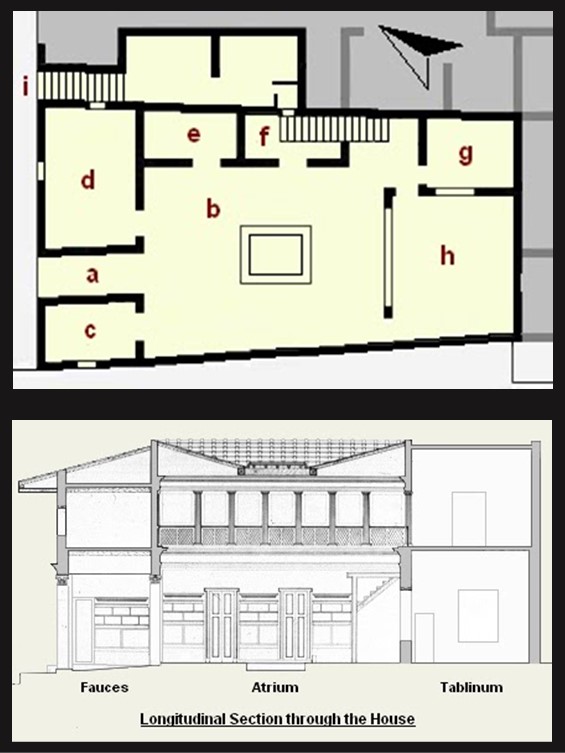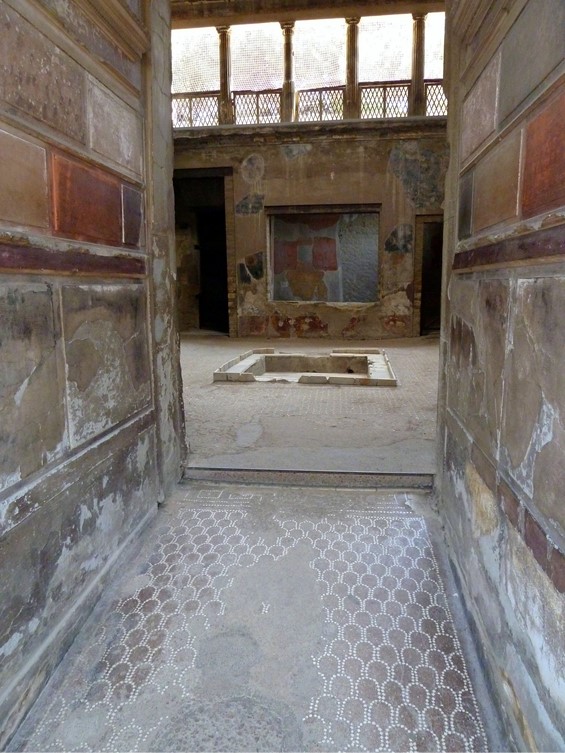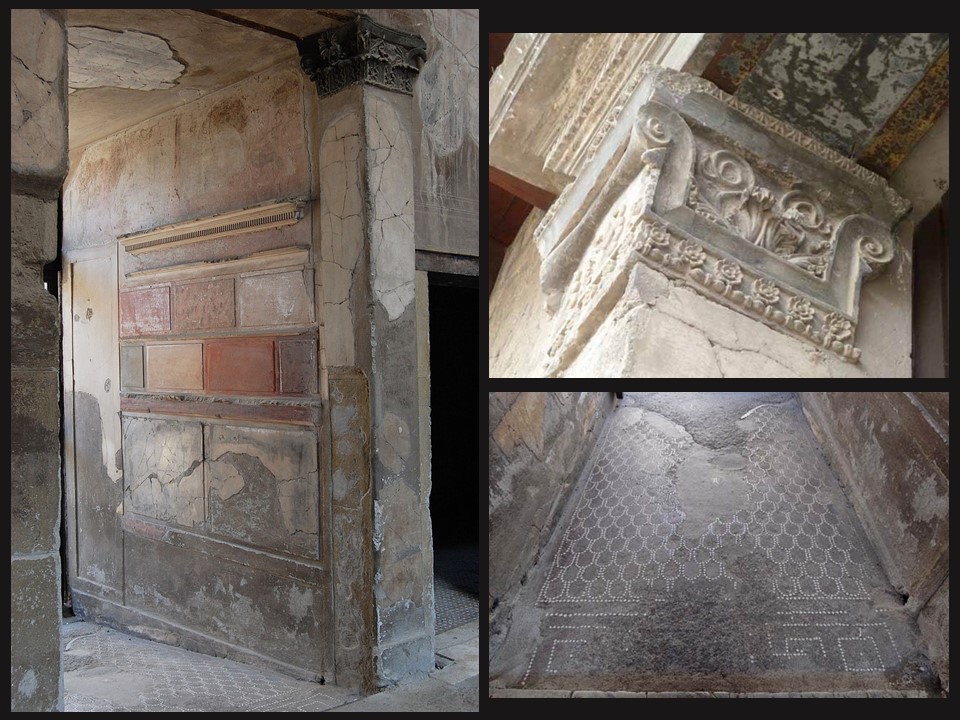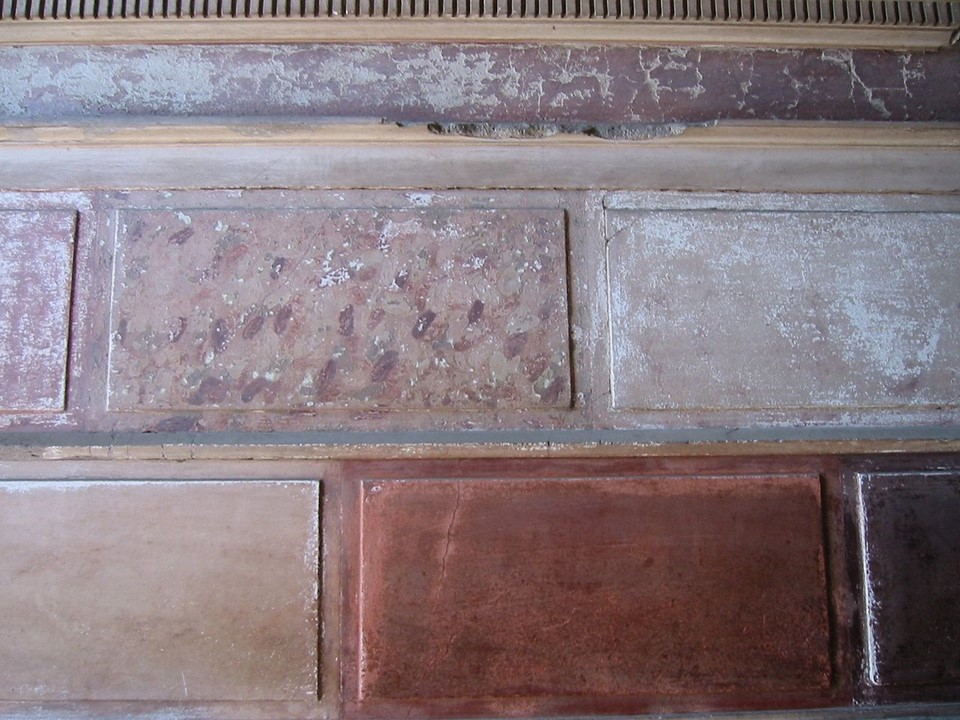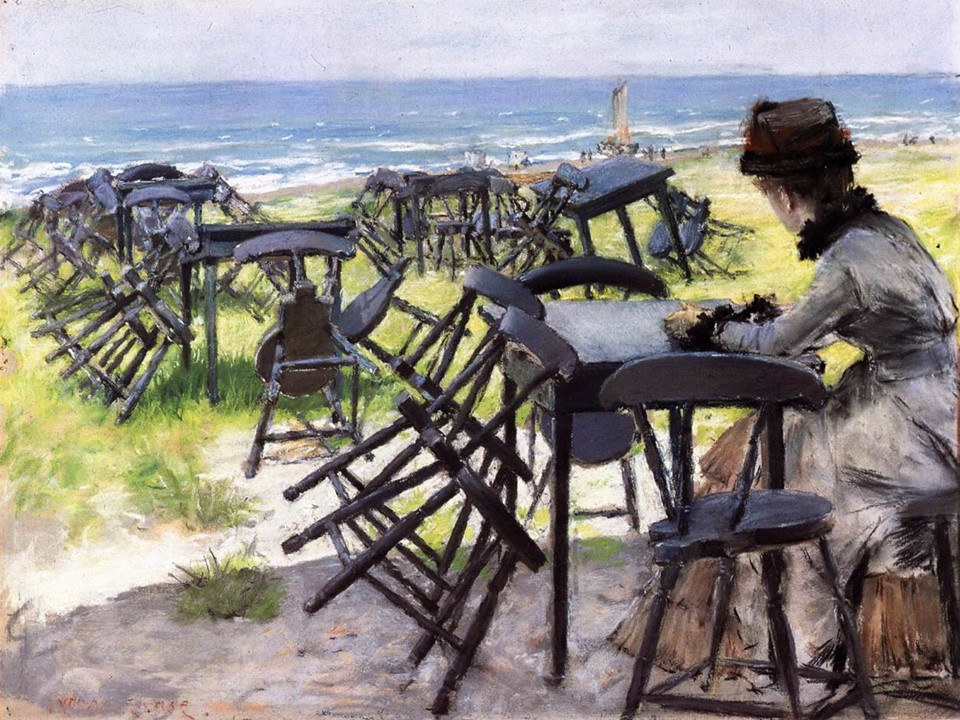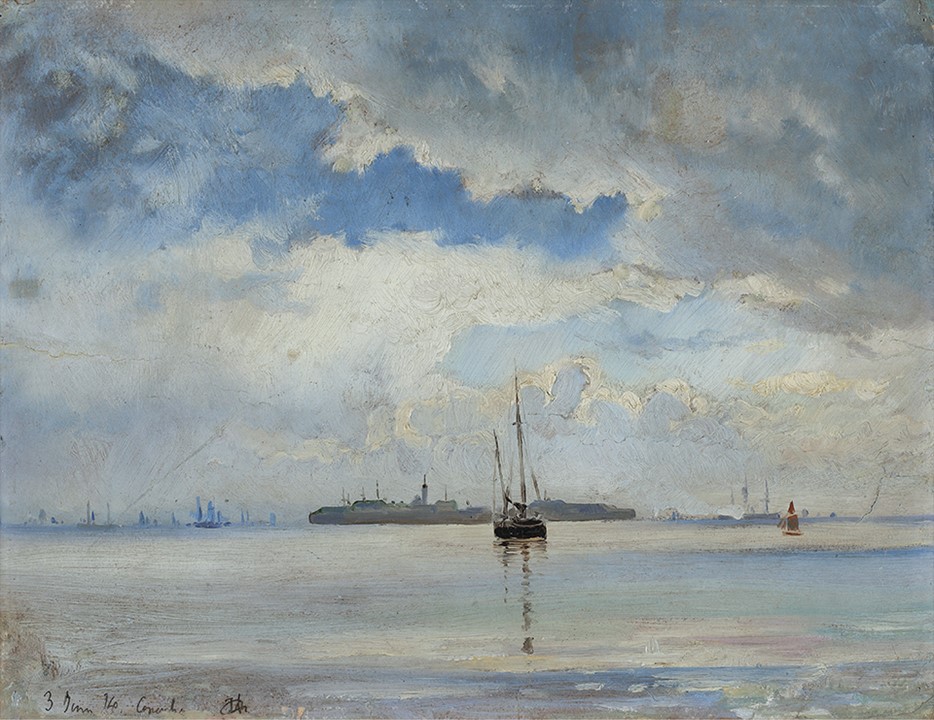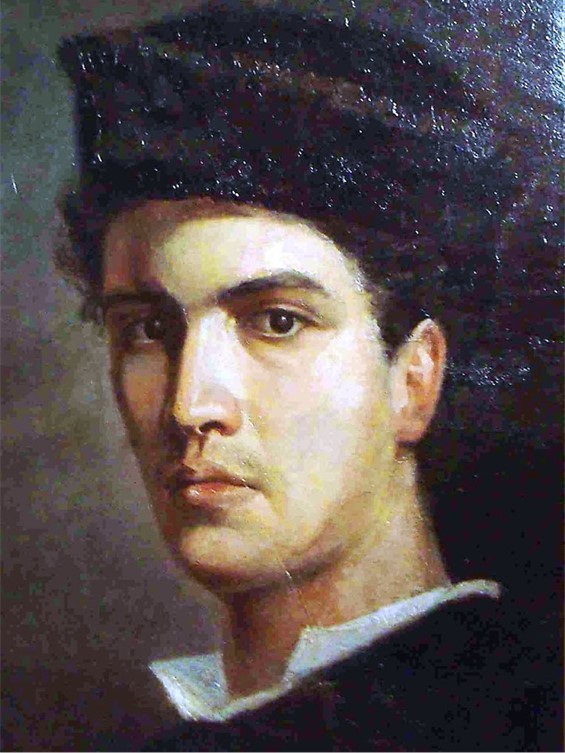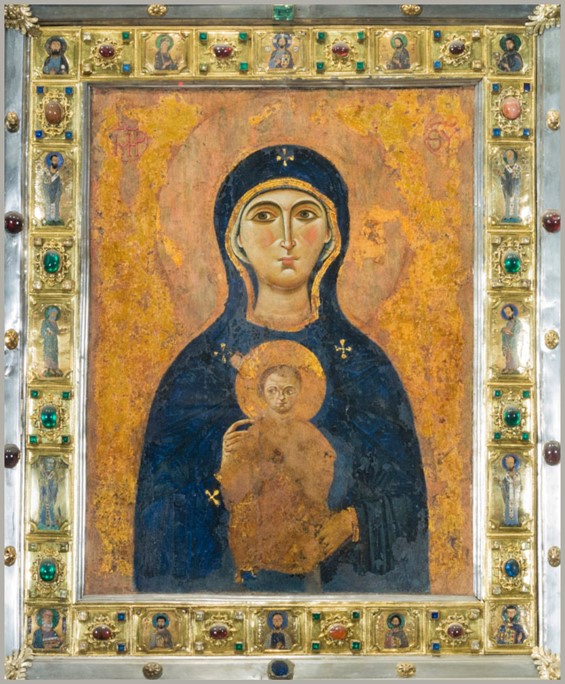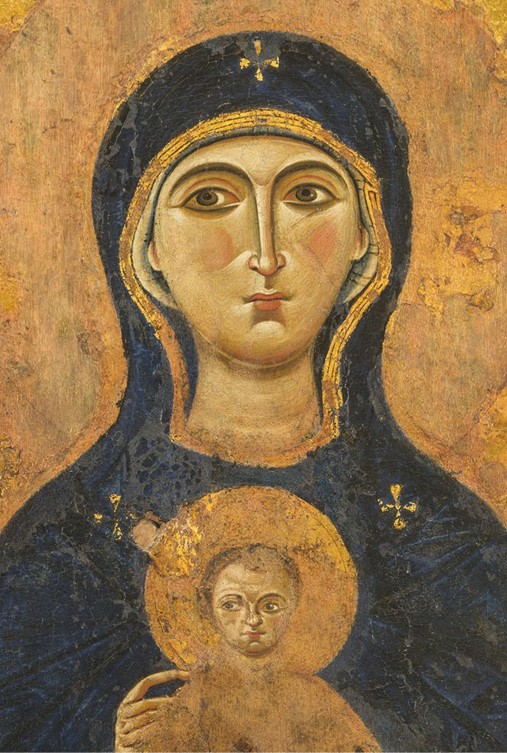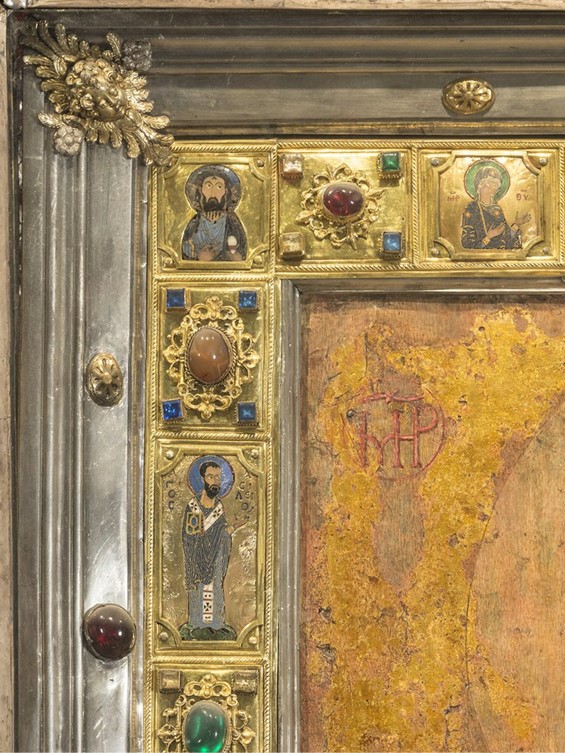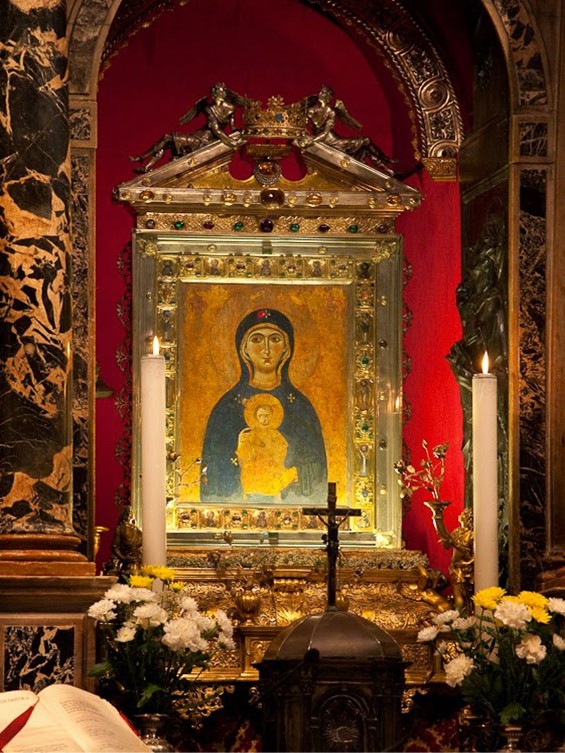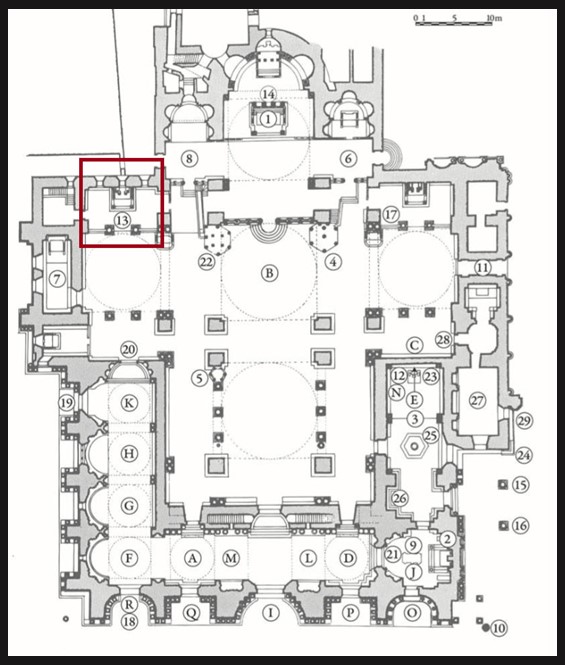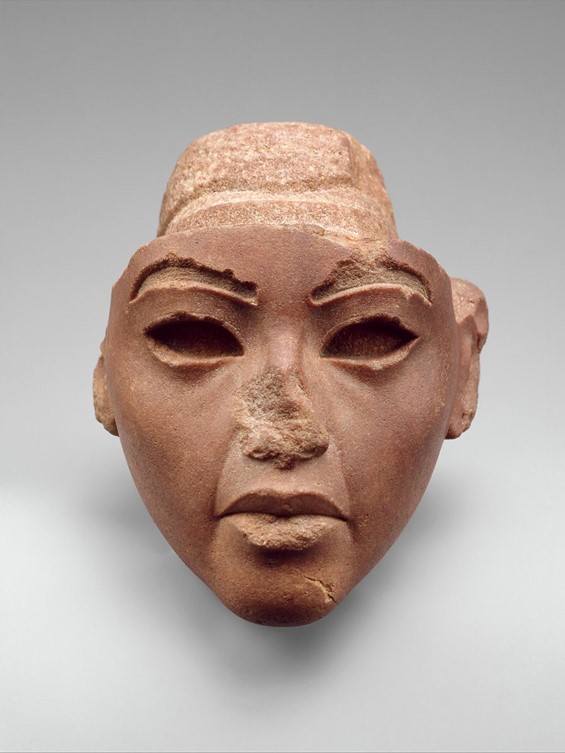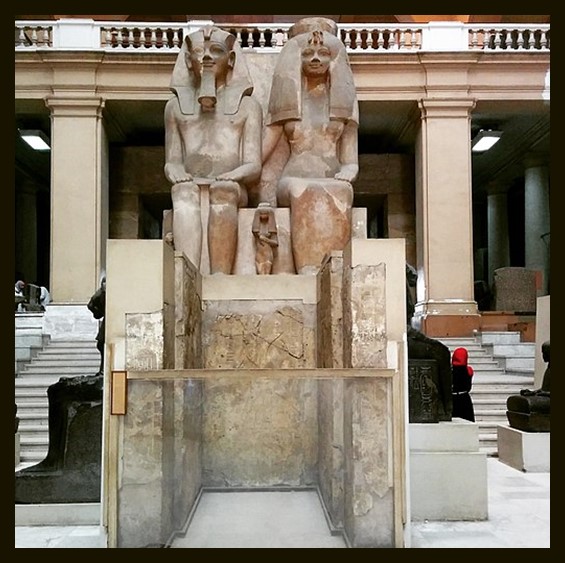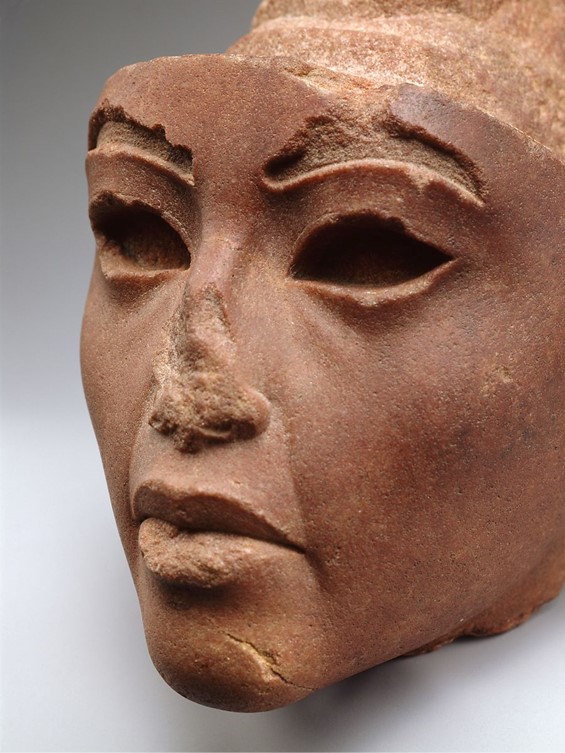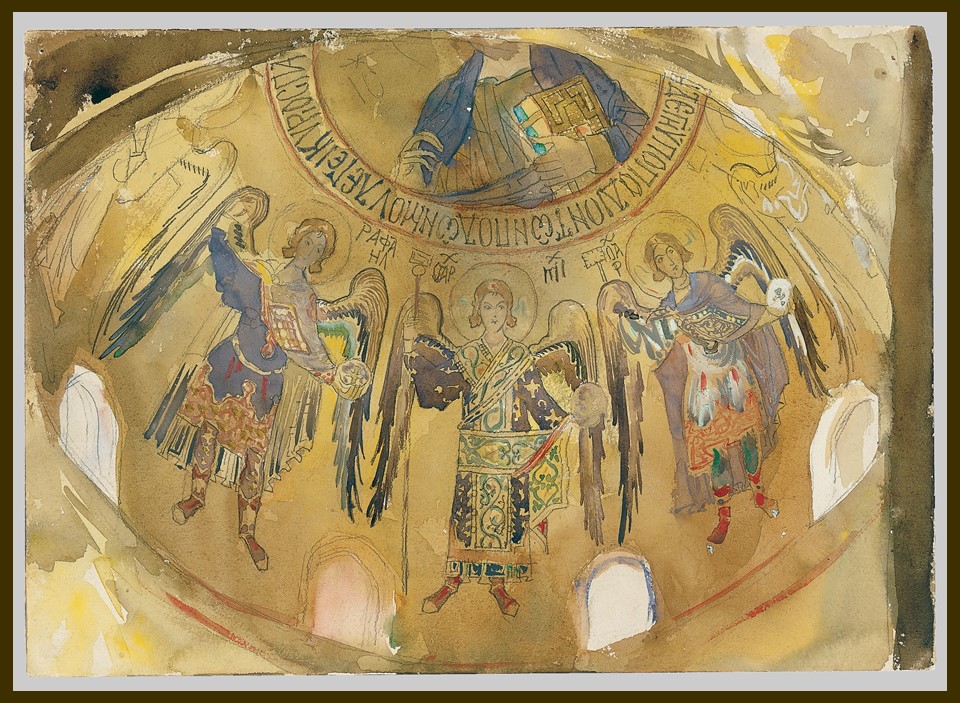
Angels, Mosaic, Palatine Chapel, Palermo, 1897 or 1901, watercolor gouache, and graphite on off-white wove paper, 25×35.5 cm, the MET, NY, USA https://upload.wikimedia.org/wikipedia/commons/d/df/Angels%2C_Mosaic%2C_Palatine_Chapel%2C_Palermo_MET_50.130.83f.jpg
John Singer Sargent’s watercolours of Sicilian Monuments reveal an extraordinary sensitivity to the unique beauty of Norman churches and their Byzantine mosaic decoration. The artist’s paintings communicate the character of these churches far better, I humbly believe, than modern photography. They create a visual experience I find difficult to describe… yet, seen, these watercolours of shimmering Sicilian mosaics, together or individually, manage to transport me to places of pure magic! The watercolour of Angels in the Palatine Chapel by John Singer Sargent is undoubtedly my favourite!
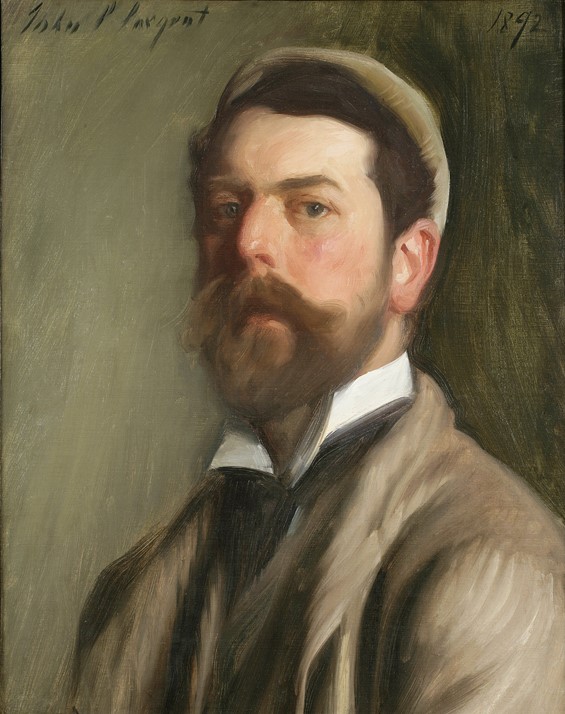
Self-Portrait, 1892, oil on canvas, 53.3×43.2 cm, National Academy of Design, USA
https://upload.wikimedia.org/wikipedia/commons/9/9f/John_Singer_Sargent_-_Self-portrait_%281892%29.jpg
During the early months of 1897, Sargent was in Sicily exploring its monuments and preparing for the Boston Library Murals, a project that will keep him busy for twenty-nine years! Cappella Palatina, with amazing Byzantine mosaics, one of the finest works of art of its kind in Italy, was for Sargent an obvious shrine to investigate. https://www.bpl.org/blogs/post/the-origins-of-a-masterwork/
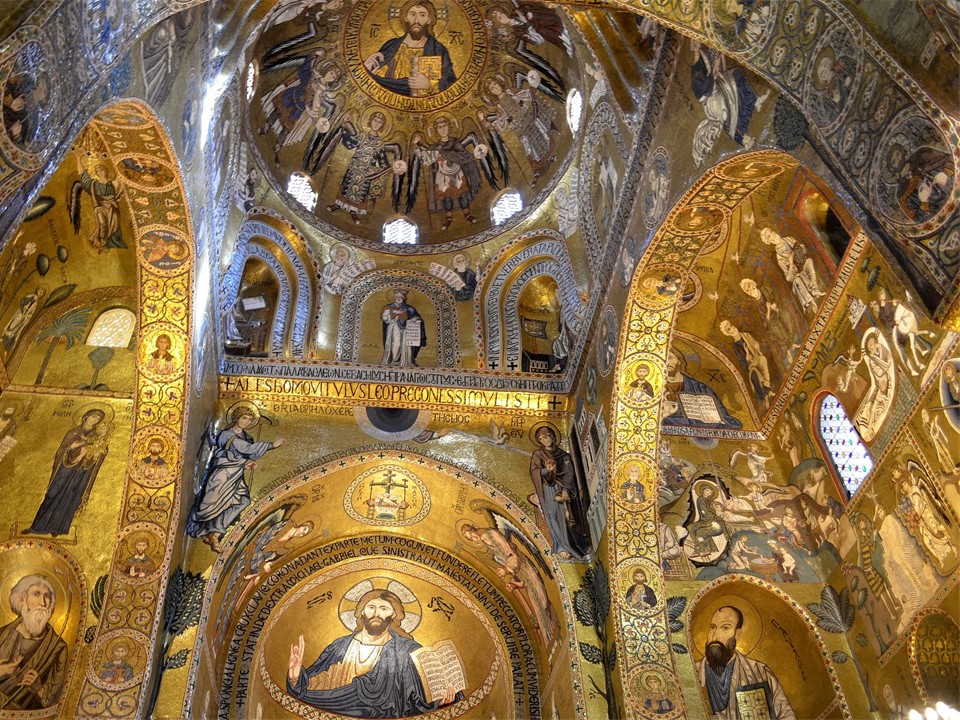
https://gr.pinterest.com/pin/303500462386852490/
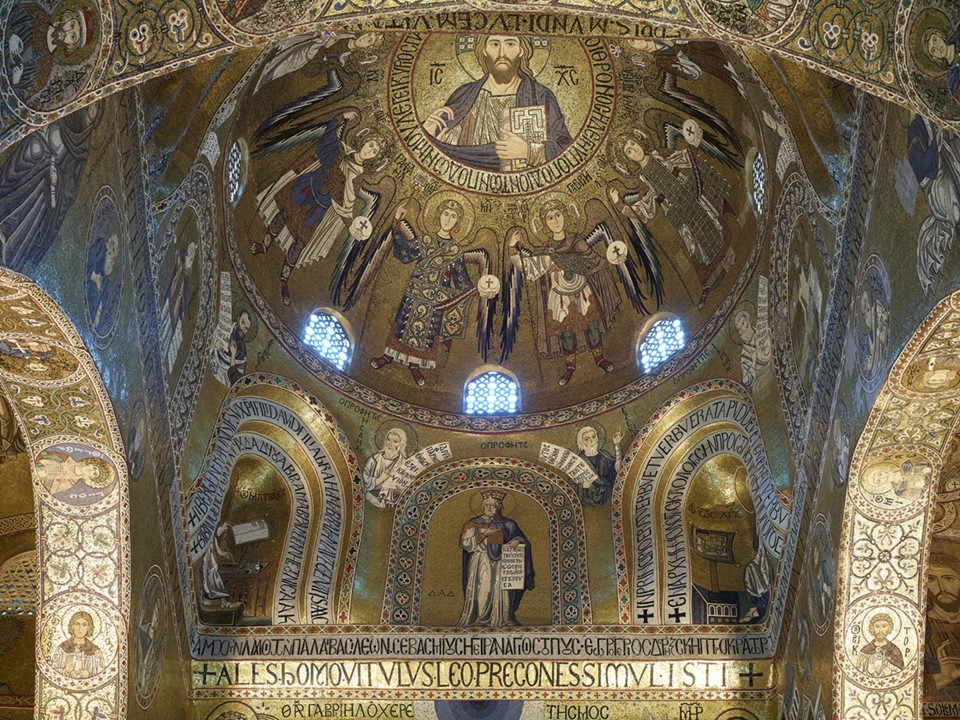
https://britishmuseum.tumblr.com/post/143430825197/architecture-in-norman-sicily-the-palatine-chapel
Today’s presentation focuses on the mosaic decoration of the sanctuary’s dome, which, in a typical Byzantine manner, presents the bust of the Pantokrator and a chorus of eight, majestically dressed, guardian Angels. Sargent chose to depict the Cappella’s Dome as seen from the nave of the chapel and off to one side, choosing to concentrate his attention more so on the Angels than Christ, whose head is rather obscure. He also pays meticulous attention to three of the Archangels, Raphael, Michael, and Gabriel, their ornate costumes and the inscriptions, in Greek, that identify them. It is interesting how Sargent is acting in this case as a researcher, attentive to specific elements and to issues of style that he could apply to his… Boston Library commission. It has been, on several occasions mentioned, how the Cappella Palatina mosaics in Palermo influenced Sargent’s rendering of the Frieze of Angels, at the south end of the Special Collections Hall at the Boston Public Library, installed in 1903. American Drawings and Watercolors in The Metropolitan Museum of Art, John Singer Sargent, by Stephanie L. Herdrich and H. Barbara Weinberg with and an essay by Marjorie Shelley, The Metropolitan Museu of Art, New York, 2000, Page 293 and https://www.jstor.org/stable/3047256?read-now=1&refreqid=excelsior%3A8d742d266060fbf70ed292204c17b202&seq=3#page_scan_tab_contents
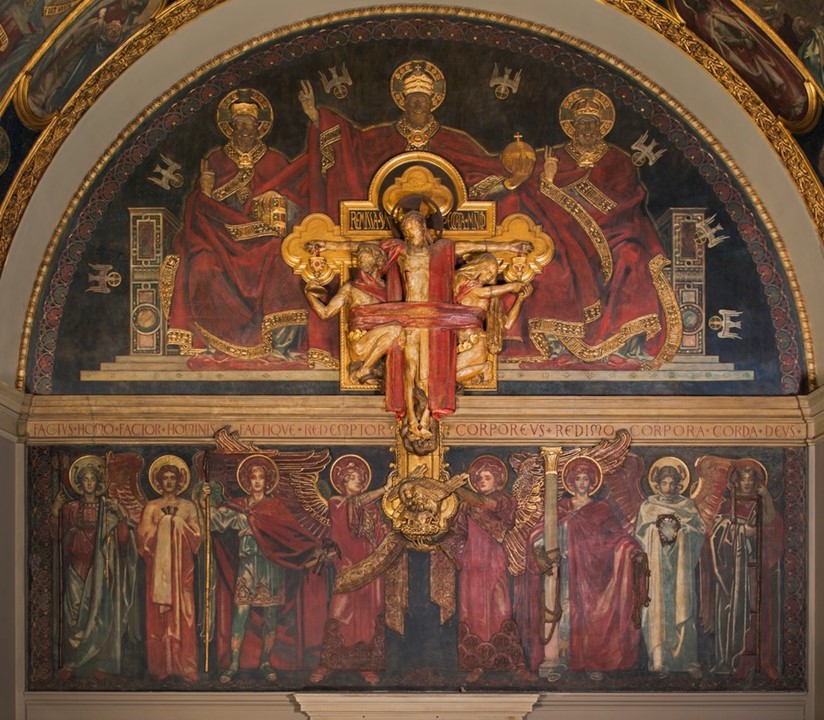
Dogma of the Redemption; Trinity and Crucifix, Frieze of Angels, ca. 1895–1903, mural – oil on canvas, Boston Public Library, USA
https://www.digitalcommonwealth.org/search/commonwealth:sq87dv73s
John Singer Sargent is the par excellence representative American artist of the Gilded Age. His life represents its very characteristics! He was born in Florence, Italy, to expatriate American parents… He had a nomadic childhood, spending winters in Florence, Rome, or Nice and summers in the Alps or other cooler locations. Early in his life, he realized what he wanted to do in life was to become an artist, and supported by his mother, Mary Newbold Sargent, who was herself an accomplished amateur watercolorist he accomplished it. Sargent and his mother carried sketchbooks throughout their extensive travels across Europe, and he developed a quick eye and fast reflexes for recording his impressions of the landscape. Eighteen years old, under the tutelage of the painter Carolus-Duran, who encouraged him to paint directly onto the canvas, without any preparatory drawing, and to study the Old Masters, John Singer Sargent developed his skills, exhibited both landscapes and portraits to much acclaim, and developed a reputation as a fine society portraitist on both sides of the Atlantic. What a life… Brooklyn Museum – Teaching Resource: Special Exhibition – John Singer Sargent Watercolors – April 5–July 28, 2013, p. 2
Sargent wanted more… He grew restless at the height of his career, and sought escape from the constraints of the studio and the demands of his patrons for society portraits. What he did was to travel to remote spots, choose his own subjects, and paint without distraction inspirational watercolours… of landscapes, genre scenes, friends, and family. After 1900 Sargent spent his summers traveling throughout Europe, painting both oil paintings and watercolors. What a life… Brooklyn Museum – Teaching Resource: Special Exhibition – John Singer Sargent Watercolors – April 5–July 28, 2013, p. 2
For a Student Activity, please… Check HERE!
